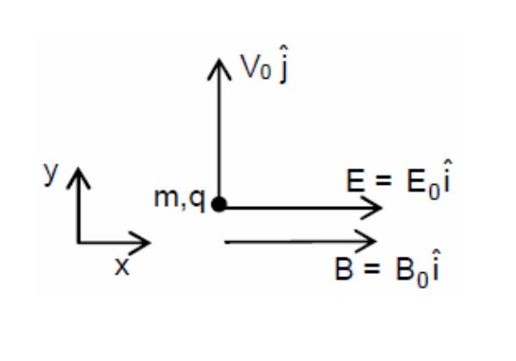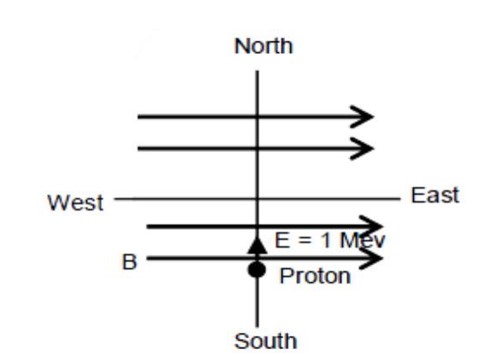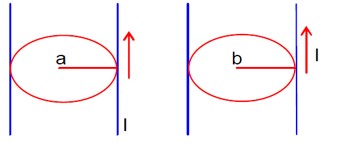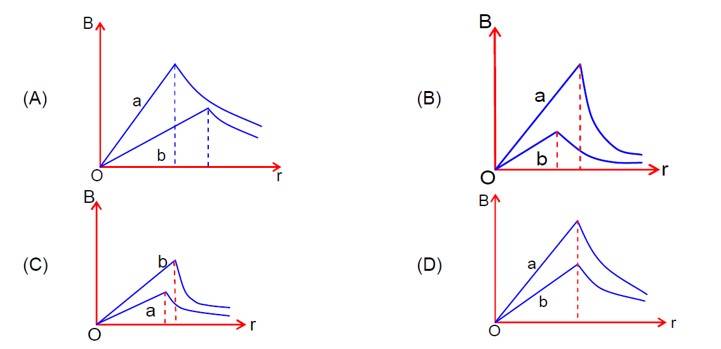Physics Moving Charges and Magnetism
Get insights from 109 questions on Physics Moving Charges and Magnetism, answered by students, alumni, and experts. You may also ask and answer any question you like about Physics Moving Charges and Magnetism
Follow Ask QuestionQuestions
Discussions
Active Users
Followers
New answer posted
3 months agoContributor-Level 10
r = mv/qB?
To not collide, r
Note: It should be maximum instead of minimum.
New answer posted
3 months agoContributor-Level 10
Since magnetic force cannot change the speed. So only electric field which is along -direction will change the speed along -direction only.
but

New answer posted
3 months agoContributor-Level 10
As we know that magnetic force acting on a charge particle will be
F = q (v * B)
W = F.dl
Since force and displacement will be always perpendicular so work done is always zero.
New answer posted
3 months agoContributor-Level 10
As b > a
The magnetic field inside the wire (r
For wire with radius a, B increases linearly to r=a, then decreases. For wire with radius b, B increases linearly to r=b, then decreases. Since a
B? = µ? I / 2πa
B? = µ? I / 2πb
(Note: The question is likely asking for the graph representation, which is option A based on the formulas.)
New answer posted
4 months agoContributor-Level 10
Given 2q? = q? and v? /v? = 2/3, m? = m?
r = mv/qB
r? /r? = (m? /m? ) * (v? /v? ) * (q? /q? )
r? /r? = (1) * (2/3) * (2) = 4/3
New answer posted
4 months agoContributor-Level 10
Magnetic field on the axis of a circular coil at distance x from centre, B =
New answer posted
4 months agoContributor-Level 10
The magnitude of magnetic field due to circular coil of turns is given by
Taking an Exam? Selecting a College?
Get authentic answers from experts, students and alumni that you won't find anywhere else
Sign Up on ShikshaOn Shiksha, get access to
- 66k Colleges
- 1.2k Exams
- 680k Reviews
- 1800k Answers



